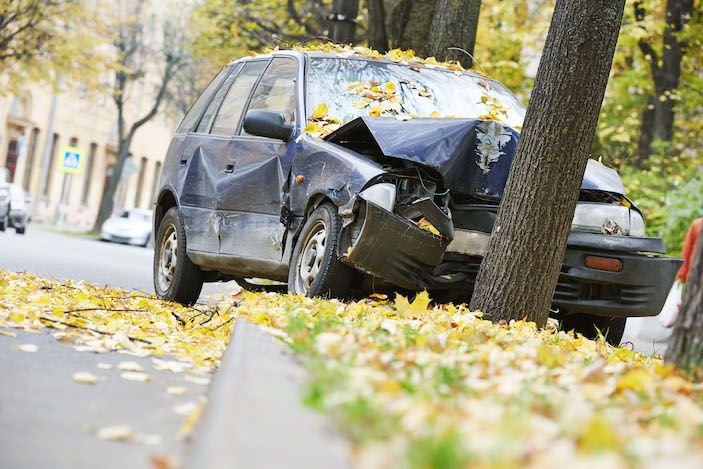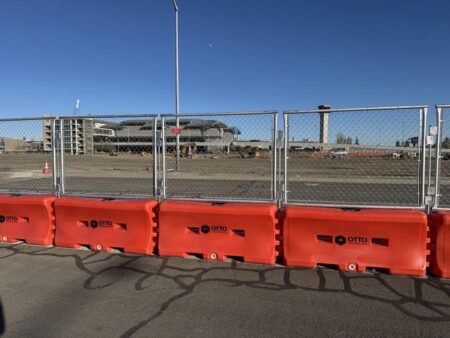TRL has launched a new service in collaboration with Gaist to deliver the iRAP (International Road Assessment Program)- Star Rating service for local highways authorities. Using video footage collected by Gaist for asset condition reporting, TRL will run it through the award-winning iRAP tool to generate fully costed road safety upgrade plans.
The prime benefit of the new service is that councils can re-use previously captured footage of their highway network to generate targeted road safety improvement investment plans and save money in the process.
Increasingly, road authorities are looking to adopt a ‘safe systems approach’ when assessing their road networks. With the iRAP Star Rating service, road authorities can identify cost-effective packages of infrastructure improvements targeted at longer route sections than the traditional reactive crash management approach. It predicts the impact on KSI figures as a result of improving inherent road safety in the high-level schemes it produces. The model is also sensitive to speed and flows of road users across the road sections when calculating the risks.
The iRAP model is all about generating a fully costed road safety investment plan based on features present on the highway and the risks they pose to road users. “The key to improving road safety is not to act after an accident occurs, but rather to fix possible dangers before a collision ever happens,” explains Dr John Fletcher from TRL. “This pro-active approach has been working well for National Highways who began a Star Rating programme for the strategic network six years ago.
Thanks to the collaboration with Gaist, TRL is able to add a quality layer to the new service offering. “The Gaist system provides high resolution (4K) 360-degree imagery in combination with a high-definition (4K) carriageway camera,” continues Fletcher. “These cameras are optimised to supply high quality images of the roadscape at speeds up to 70mph and in a wide range of lighting conditions. All in all, the result is far greater resolution and fidelity than footage captured on an average dashcam system. Plus, Gaist cameras are recording all the time that their vehicles are on the road, so even if a council has not yet commissioned Gaist to capture footage of a particular route, it may already be ‘in the can’, which will save the council time, effort and money.”
By re-using the high-quality imagery and video footage collected by Gaist for other purposes, the overall cost of the iRAP modelling service is greatly reduced. The new service is costed per mile, depending on how much visual imagery already exists or can be obtained from Gaist’s own stored footage of the route.





